Traditional Skills and Techniques
in Kyoto State Guest House
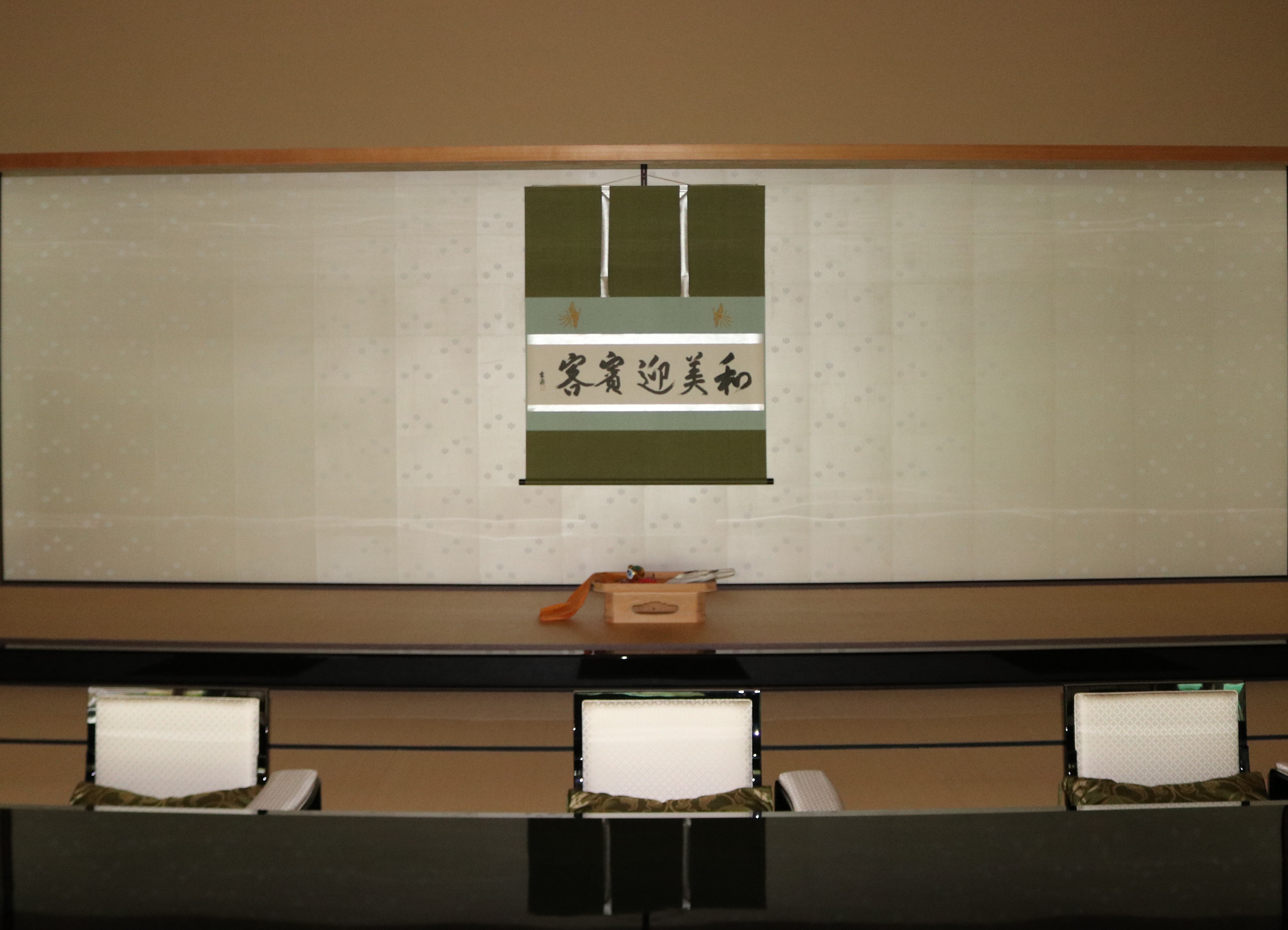
The construction of Kyoto State Guest House encompasses a wide range of traditional artisanal skills.
Across every facet of the interior, understated yet refined details reflect the expertise of skilled artisans.
Traditional skills and techniques used in construction (11 types)
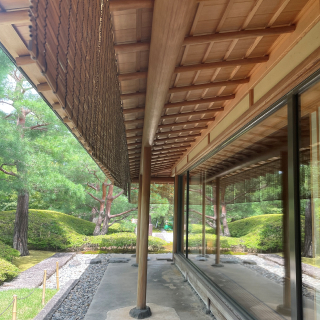
Carpentry (Sukiya-Style)
Sukiya-style carpentry is characterized by the use of natural materials. It requires very delicate and precise woodworking technique and a good sense of selecting and combining diverse types of wood to create a balanced and harmonious space.
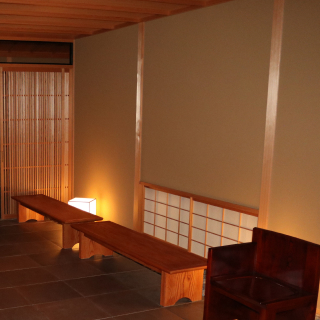
Plastering
Earthen wall and plaster coating techniques.
In particular, applying Kyosabi-tsuchi (iron-rich clay) on the wall demands exceptional mastery due to the numerous processes involved.
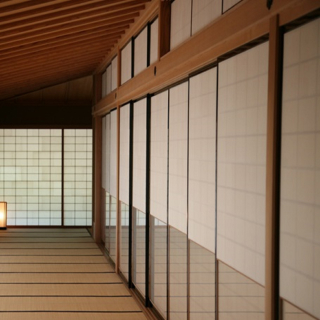
Japanese Fittings
Movable structures such as shoji sliding screens and sliding doors attached to an opening.
They can freely define the space between rooms and can change the atmosphere of a room.
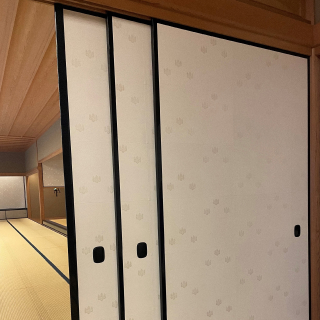
Mounting
The art of mounting Japanese paper or karakami (thick Japanese paper) to sliding doors and walls, enhancing the refined beauty of Japanese architecture.
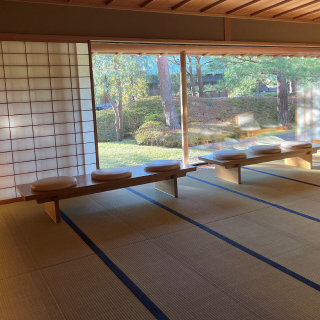
Tatami
Traditional flooring mats that are an essential element of a Japanese-style room.
Kyoto State Guest House uses tatami mats made with the time-honored weaving technique of nakatsugi-omote in which igusa rush grass is skillfully joined in the center of each tatami mat.
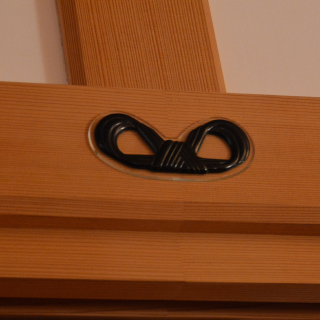
Decorative Metal fittings
Metal fixtures used for both reinforcement and ornamental purposes in various construction aspects, such as nail head covers and sliding door pulls.
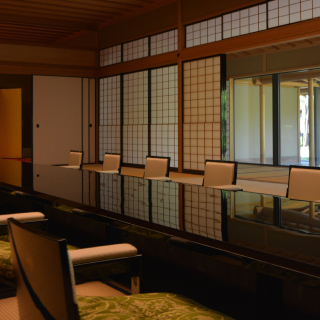
Lacquering
Natural paint known as urushi in Japanese.
It is made from the sap of the Japanese sumac tree.
The lacquered surface develops a deeper patina over time.
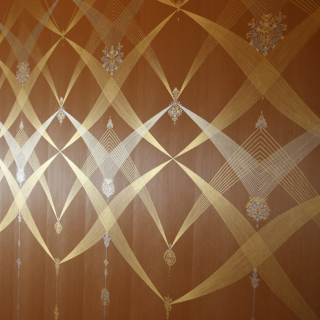
Kirikane (Cut Gold Leaf Work)
Decorative technique in which several sheets of gold or platinum leaf are stuck together by heating, and cut into thin strips.
These strips are delicately handled with brushes and pasted into various patterns.
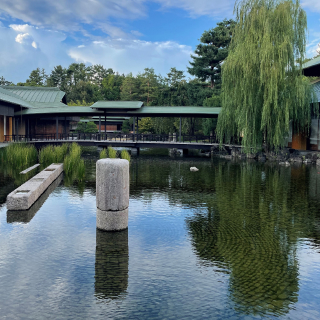
Landscaping
Designed to seamlessly blend the garden and the building, the meticulous landscaping creates a superb view from every room and every angle when seen from the interior.
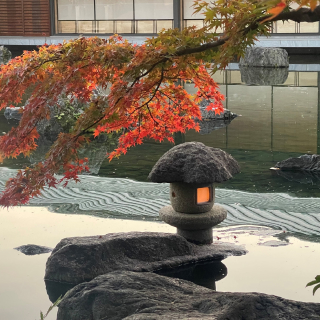
Stonework
Stonework, such as lanterns, serves as enhancements to the ambience of traditional Japanese architecture and Japanese style garden.
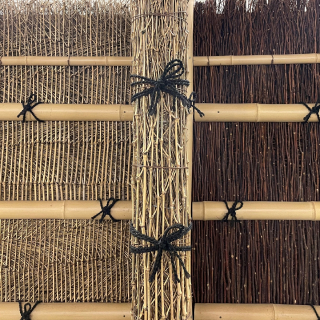
Bamboo Fence
Functional and decorative enclosure made up of bamboo that serves as a partition or privacy screen inside the garden.
Traditional skills and techniques used in furnishings (14 types)
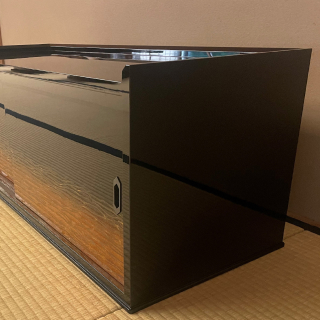
Lacquering
Natural paint known as urushi in Japanese.
It is made from the sap of the Japanese sumac tree.
The lacquered surface develops a deeper patina over time.
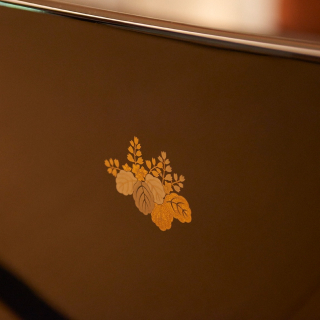
Maki-e Lacquerwork
Classic Japanese lacquer decoration technique in which gold, silver or colored powders are sprinkled on top of motifs drawn with lacquer on the surface of a vessel.
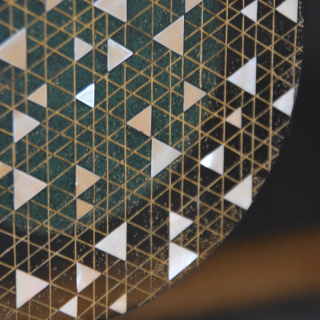
Raden (Mother-of-Pearl Inlay)
Traditional decorative technique in which the mother-of-pearl layer of shells is thinly sliced, cut into various shapes, and embedded or pasted onto a lacquered surface to create a variety of expressions.
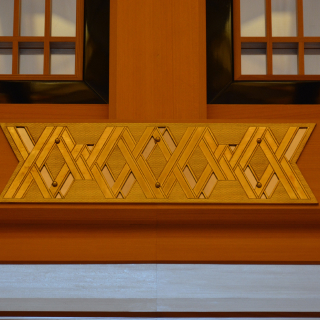
Decorative Metal fittings
Metal fixtures used for both reinforcement and ornamental purposes in various construction aspects, such as nail head covers and sliding door pulls.
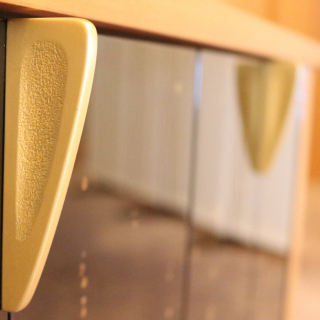
Hammered Metal Embossing
Technique of hammering a single sheet of metal to create an embossed object. (Cabinet handles in the photo.)
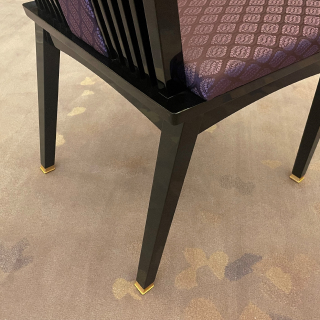
Metal Casting
Metal crafting technique in which molten metal is poured into a mold and cooled to produce tools and works of art. (Chair leg bottoms in the photo.)
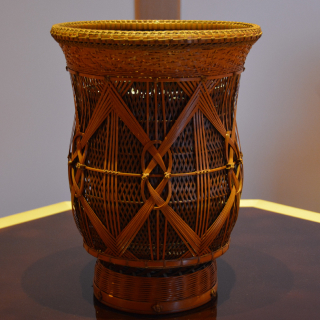
Bamboo Work
Technique of weaving bamboo to make baskets and other functional and decorative items.
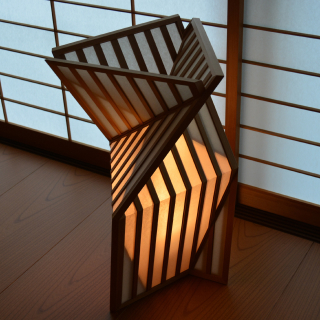
Wood Joinery
Intricate technique for crafting objects such as lighting frames by assembling pieces of wood together without using any nails.
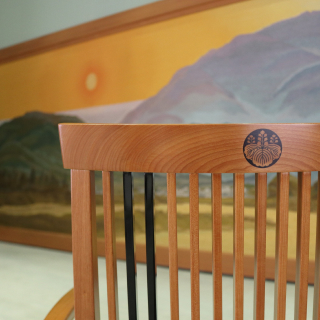
Inlaid Woodwork
Decorative woodworking technique where intricate patterns and images are carved into a wooden base and then inlaid with different types of materials in the carved area. (The emblem part in the photo.)
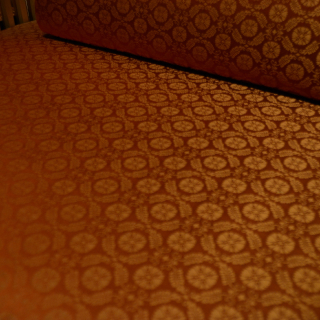
Nishijin Textile
Traditional silk textile from the Nishijin district of Kyoto, woven with exceptional techniques and aesthetic senses passed down since ancient times, involving intricate processes.
Among the various types of Nishijin textile, yusoku-ori is a particularly high-quality textile that requires exquisite techniques.
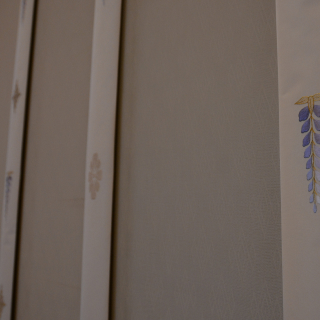
Ra Gauze
Thin, mesh-like silk fabric woven with extremely fine threads.
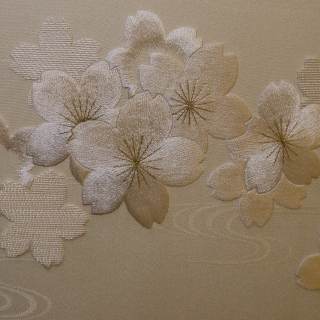
Embroidery
The art of decorating silk and linen fabrics using silk, gold, and silver threads using traditional artisanal methods.
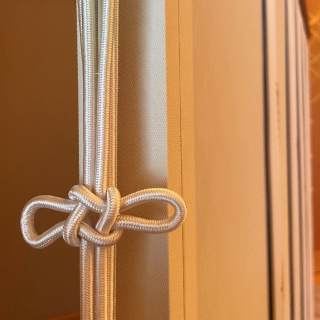
Braided Cord
Traditional Japanese cord featuring beautiful colors and patterns crafted by braiding threads.
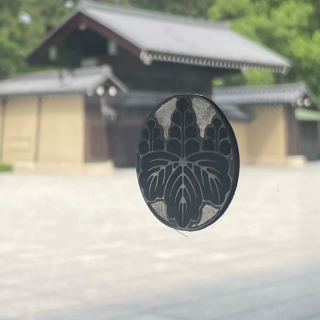
Cloisonné
Technique for decorating a metal base by baking a glassy glaze over it.
To learn more about the traditional artisanal skills featured on this website, watch the videos created in collaboration with universities in Kyoto Prefecture on our YouTube channel. These videos are shot, interviewed and edited by students.

![Kyoto State Guest House [SP]](https://www.geihinkan.go.jp/wp-content/themes/geihinkan/assets/img/kyoto/common/toplogo_kyoto_sp_bk_en.png)
![Kyoto State Guest House [PC]](https://www.geihinkan.go.jp/wp-content/themes/geihinkan/assets/img/kyoto/common/toplogo_kyoto_bk_en.png)